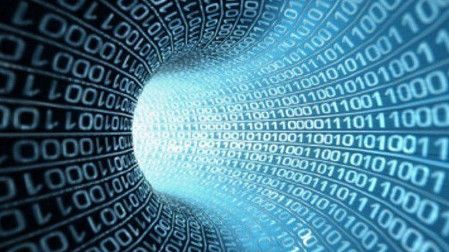Tobias Nassif, Intelsat vice president for satellite operations and engineering, told reporters last week that solar activity did not turn Galaxy 15 into a "zombie."
"We ruled out any activity from the sun as having any impact on Galaxy 15," said Nassif. He was quoted in an article by Peter B. de Selding in SpaceNews.com Electrostatic Discharge Crippled Galaxy 15.
Intelsat officials said an electrostatic discharge fouled its on-board software.
As previously reported, Intelsat regained control of the satellite late last month, eliminating the possibility of a hardware failure. Intelsat and Orbital Sciences Corporation designed three software patches to assure that the satellite will respond to commands if a similar electrostatic discharge should occur. The patches automatically shut down the satellite's communications payload if it doesn't receive specific ground commands within a 21-day period.
AviationWeek.com reported that according to tests run so far, "the C-band payload and FAA's Wide Area Augmentation System L-band transponder--whose loss has reduced redundancy for air navigation in the U.S. to dangerously low levels--is fully operational, though testing of the transponder continues."
In the article Zombie Sat May Soon Be Back In Business Michael A. Taverna and Frank Morring, Jr. reported that all major subsystems, except command and control, are back in normal working order. The command and control, bus, subsystems, payload, antenna, and battery are being tested to ensure they are operating normally. If everything checks out, Galaxy 15 could be available for in-orbit backup services as early as Jan. 31. Taverna and Morring have additional information on the firmware fixes, including the modified emergency command channel.
The professional video industry's #1 source for news, trends and product and tech information. Sign up below.

Doug Lung is one of America's foremost authorities on broadcast RF technology. As vice president of Broadcast Technology for NBCUniversal Local, H. Douglas Lung leads NBC and Telemundo-owned stations’ RF and transmission affairs, including microwave, radars, satellite uplinks, and FCC technical filings. Beginning his career in 1976 at KSCI in Los Angeles, Lung has nearly 50 years of experience in broadcast television engineering. Beginning in 1985, he led the engineering department for what was to become the Telemundo network and station group, assisting in the design, construction and installation of the company’s broadcast and cable facilities. Other projects include work on the launch of Hawaii’s first UHF TV station, the rollout and testing of the ATSC mobile-handheld standard, and software development related to the incentive auction TV spectrum repack. A longtime columnist for TV Technology, Doug is also a regular contributor to IEEE Broadcast Technology. He is the recipient of the 2023 NAB Television Engineering Award. He also received a Tech Leadership Award from TV Tech publisher Future plc in 2021 and is a member of the IEEE Broadcast Technology Society and the Society of Broadcast Engineers.
